BOMA New York hosts first Lunch ‘N Learn of 2021
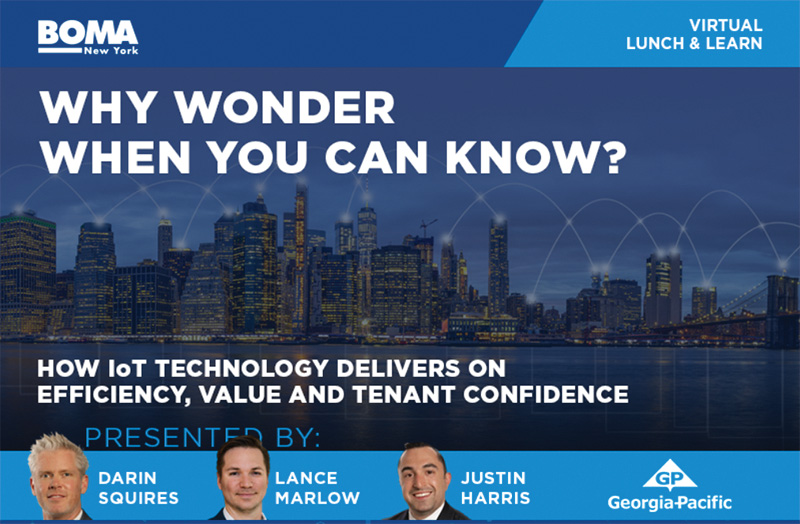
New York, NY This year’s first edition of BOMA New York’s virtual Lunch ‘n Learn webinar series, offered an informative look at one of the more important issues of building management: Workplace hygiene in the age of COVID-19, specifically in washroom, office kitchen and breakroom spaces.
Presented by Georgia Pacific Pro, and featuring three company experts–Justin Harris, sales consultant for the New York City Region; Darin Squires, sr. sales director of commercial real estate; and Lance Marlow, national accounts manager for Connected Solutions–the webinar focused on tenants and their employees return to and re-occupy office space, with an emphasis on the new reality of tenant retention as it relates to maintaining “Ultimate Hygiene via Tech.”
As Harris explained, the Internet of Things (IoT) allows objects such as soap dispensers, toilet flush valves and water faucets to send and receive information via the internet. The presentation made a strong case for taking advantage of proven IoT technology to generate cost-saving management efficiencies, while maintaining a germ-free environment for tenants and visitors alike.
Squires said his recent talks with building managers were evidence that people will now critically assess the health risks that are present in the workplace. He said it is analogous to judging the quality of a restaurant by the condition of its restrooms. Customers will walk out of a restaurant with a dirty restroom. Today, in the age of COVID-19, tenants will not sign office leases in a building that is less than hygienic.
Conversely, he said, tenants will be impressed and attracted to a building where restrooms, elevators and public spaces, such as bank branches, are spotless. Moreover, witnessing the real day-to-day efforts to maintain high levels of cleanliness will be rewarding to building owners and tenants alike. Squires said that Georgia Pacific’s recent surveys report that today’s occupants have a greater appreciation for their janitorial workers and day porters than in pre-COVID times. Moreover, owners who have traditionally considered restrooms and breakrooms in terms of building amenities, are now looking at them instead as areas of concern.
One of the features of the webinar were three “flash polls” of the Lunch N’ Learn attendees. In response to the first poll question, “How many of you feel your building is ready for re-occupancy in terms of hygiene?” 64% answered “ready and working,” with 36% answering “not quite, but close,” and 0% answering “not at all.” According to the presenters, re-occupancy is inevitable by 2022, perhaps with a 15% to 20% overall loss. The presenters agreed that “work from home” is not sustainable. Today, just a year after the outbreak of the pandemic, work from home productivity levels are trending down and distractions are up. “People need to get back to the office,” Squires said.
Squires said that “anxiety around hygiene” started to surface in Georgia Pacific’s surveys last April and is now at a level where building owners, managers and occupants have hygiene “front and center.” He said, “[When workers return] everyone will still be looking through that lens.” Or else, he said, “You risk tenants leaving your building.”
Squires said that deep cleanings took place once per week, on average. Today, it happens two or three times a day. Tenants have told him, “We never took notice. Janitors and custodians are everything to us now.” Indeed, there has been a paradigm shift in people’s thinking about hygiene over the past months. One of the examples, Squires provided was that he noticed early on that hand dryer/blowers mysteriously were “out of order” at airport restrooms. It did not take time to learn that they were unhygienic, and that using a paper hand towel was far less risky. Today, he said, “We know that hand dryers should be gone forever.”
Incidentally, he said that before COVID-19, only 64% of men washed their hands after using a restroom. (There was a higher percentage among women.) Building custodians visited restrooms three times a day, but usually just to check on supplies of soap, paper towels and toilet paper. Today, those supplies are being replaced three times a day.
This overarching concern for hygiene has created a situation that is tailor-made for an IoT solution. The presenters said that the same level of innovative thinking and technology that monitor building systems, such as HVAC and lighting, are now being applied to hygiene.
According to the webinar’s second poll question, 33% of the respondents said that they have already invested in smart technology to prepare for re-occupancy, while 67% answered “no.” Nonetheless, Marlow said, “innovation has exploded” in the field of “clean” buildings. He gave several examples that are ideal to use–IoT. Internet-connected soap and towel dispensers, coupled with traffic trackers–including “occupied stalls” in restrooms–are providing real time information to tenants to determine when to visit restrooms, and to managers to determine when to clean them.
Providing tenants with this information, Marlow said, will increase tenant confidence significantly. Converting “route-based” cleaning schedules with data driven cleaning task lists will increase maintenance efficiency and eliminate the waste of hygiene supplies. Marlow’s mantra was “What gets measured, gets done.”
The third real time poll question wrapped up the presentation. In answer to the question, “Do you foresee a need to make additional investment in technology to prepare for a return to work?” 89% answered “yes,” and only 11% answered “no.”
Related Cos. and Sterling Equities open housing lottery for Willets Point Commons

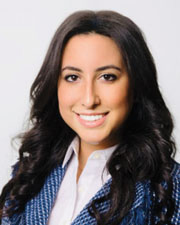
The CRE content gap: Why owners and brokers need better digital narratives in 2026 - by Kimberly Zar Bloorian
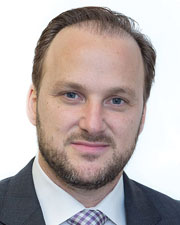


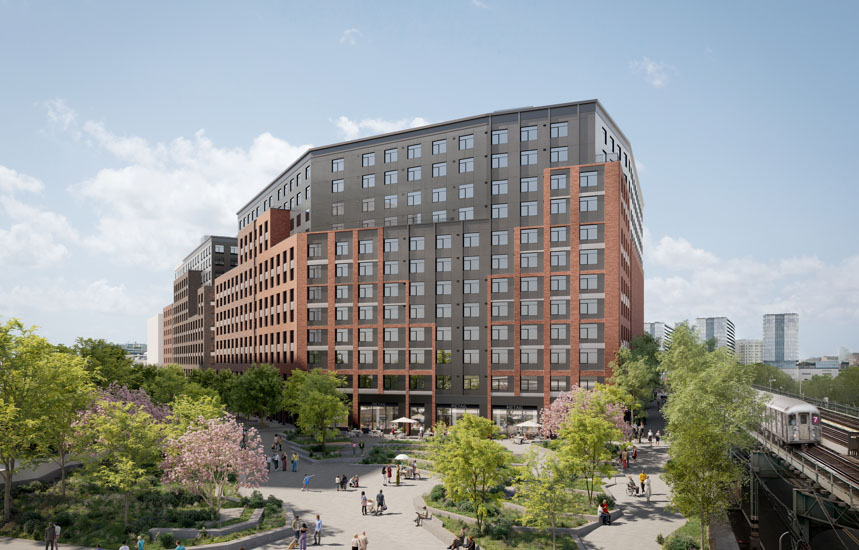

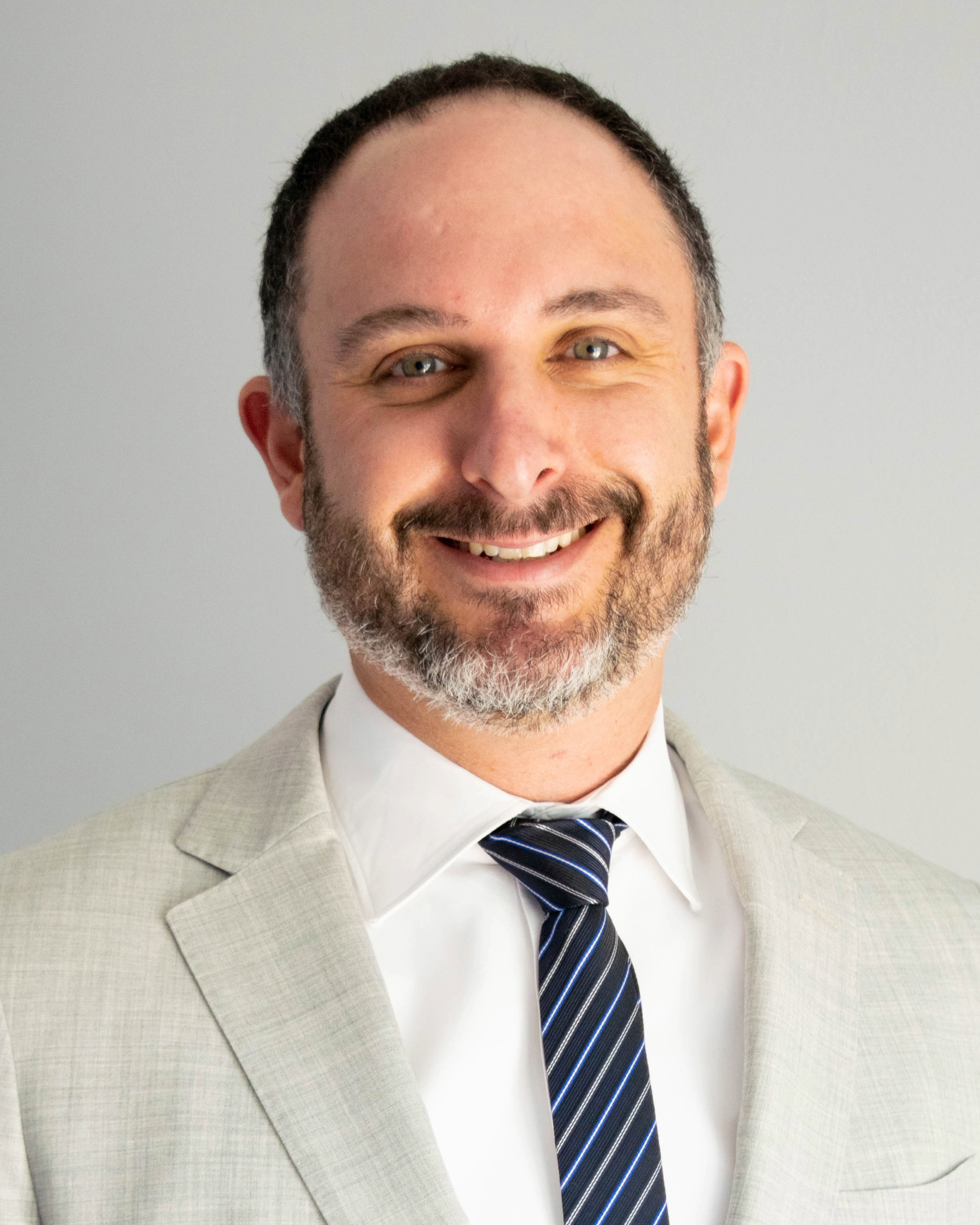
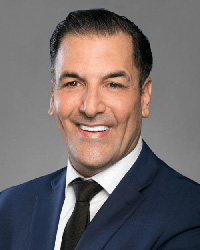
.gif)

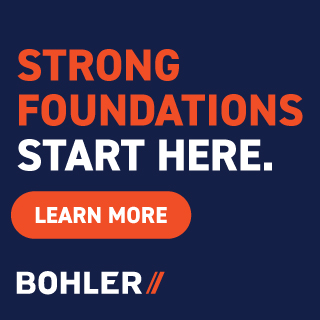
.jpg)
.gif)